Motorola Razr 5G Review: Flipping a Page Back
Retail Price: $1,399.99
We are a participant in the Amazon Services LLC Associates Program, an affiliate advertising program designed to provide a means for us to earn fees and support our channel by linking to Amazon.com and affiliated sites.
Product Specs +
- 6.2 inch Foldable P-OLED 876x2142p
- 373ppi
- Second external G-OLED display (2.7 inch 600x800p)
- Qualcomm Snapdragon 6765G 5G
- 8GB of RAM
- 256 GB of storage
- 2,800 mAH battery
- Android 10, upgradable to Android 11
Camera Specs +
Rear Cameras
- 48 MP F/1.7 Wide
Selfie Cameras
- 20 MP F/2.2 Wide
Video
- Rear camera shoots 4K at up to 30fps
- Selfie camera shoots 1080p at up to 60fps
I was hanging out one afternoon with my 6 year old niece who is an avid Apple iPad fan. By avid Apple iPad fan, I mean all she cares about is playing Roblox and other mobile games 6 year old children play nowadays. For a rare minute, she took her eyes off her precious iPad and onto my Motorola Razr 5G lying on top of a table with an ostentatious sparkle in her eye. From there she picked the folded foreign object up and twiddled her way to flipping it open. She was amazed.
“Uncle Alex, why? Why is this doing that? How is this? What’s the point?” my little dumbfounded niece spouted to me as she continued to prod the strange device. Then it hit me! This wasn’t a child being cute and oblivious to something obvious that they’ll eventually learn how to use. This was the case of a bygone form of technology no longer relevant to modern society. This was deep and I needed to talk about it in my review.
A Blast from the Past
When I was a kid, the rich adults used gigantic military bricks known back then as cell phones. When I was old enough to have my first cell phone, we had things like the Motorola Razr or T-Mobile Sidekick. These magical devices transformed to alter their form. Robots in disguise. Then something happened: the iPhone came along and the world adapted with it. Cell phones became candy bar slabs and stayed that way. OEMs have milked that brinks truck for nearly a decade now. There are generations of people starting with Gen Z and whatever the next generation will be called, who will never truly understand the functionality of a flip phone.
Motorola and other OEMs want to change that. They have finally made about all the money they can using the candy bar form factor and are now beginning to start a new money line using old designs. Enter the Moto Razr 5G (2020). This is a second generation product released in the same year as the first generation product based off a revival of a 16 year old product. Confusing right?
As the followup to the first folding phone from Motorola, the current Razr has added 5G connectivity to its arsenal as well as all-around refinement for an otherwise surprisingly well built product. For these folding phones that have a clamshell build, I like classifying it into two parts: the outer shell and the inner screen.
A Refreshing Approach
The outer shell of the phone is chamfered out of aluminum with a fingerprint scanner embedded into the Motorola logo. It’s a bit of an unnatural position for your finger to touch, but you do get used to it with time. As far as accuracy goes, the sensor works pretty well for the most part. There are occasional misses and lockups, but it’s a passing grade for sure. The front part of the shell is actually a secondary display. It’s what Motorola says is a 2.7 inch G-OLED panel that is 600 x 800 pixels.
This is something that does make this phone unique. Unlike the Samsung Galaxy Flip, the Razr actually gives you a fully functional display that works with applications. It’s not a ticker bar that lags along for basic notifications. This automatically elevates the Razr on my list of functionality in regards to folding phones.
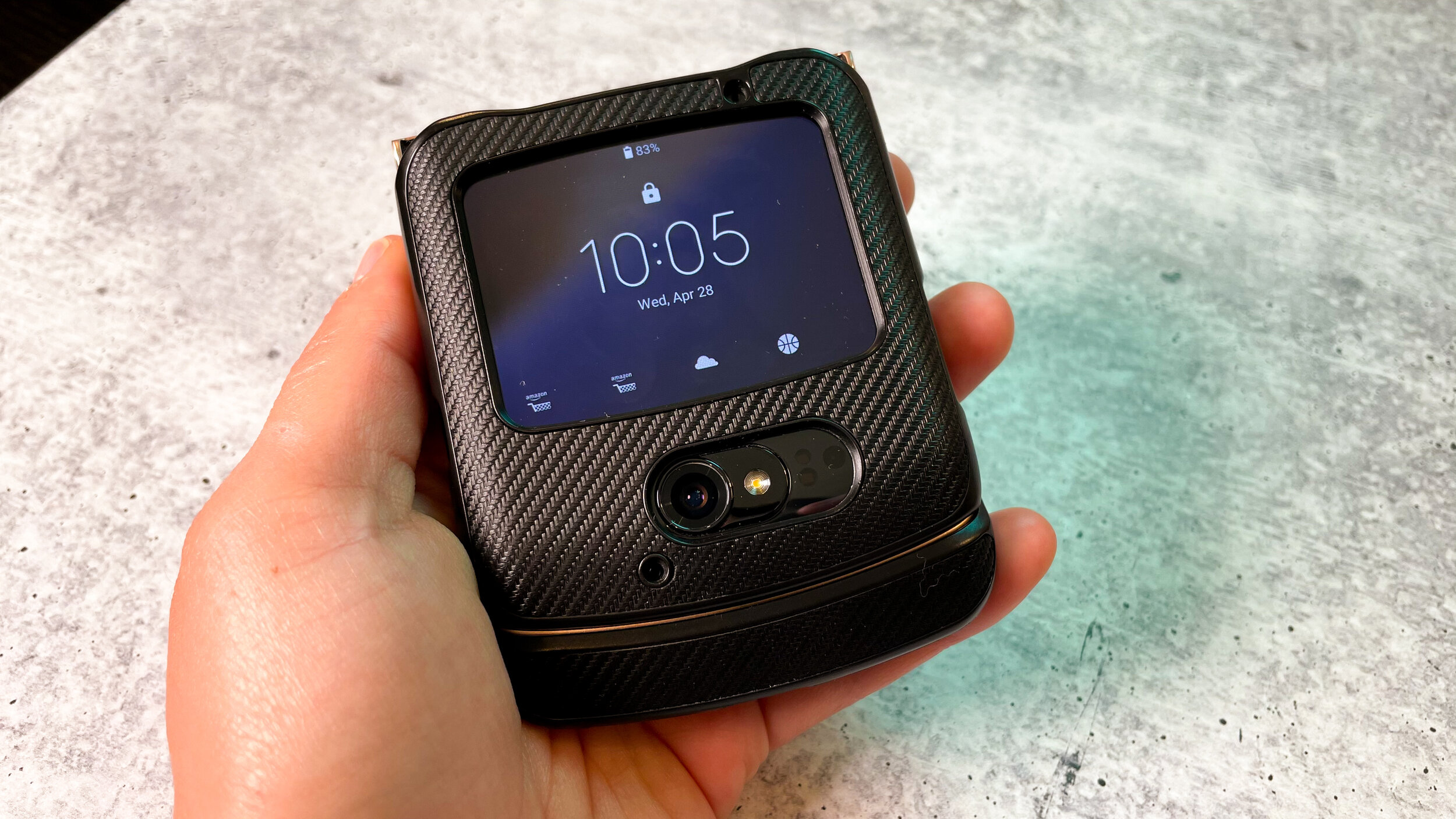
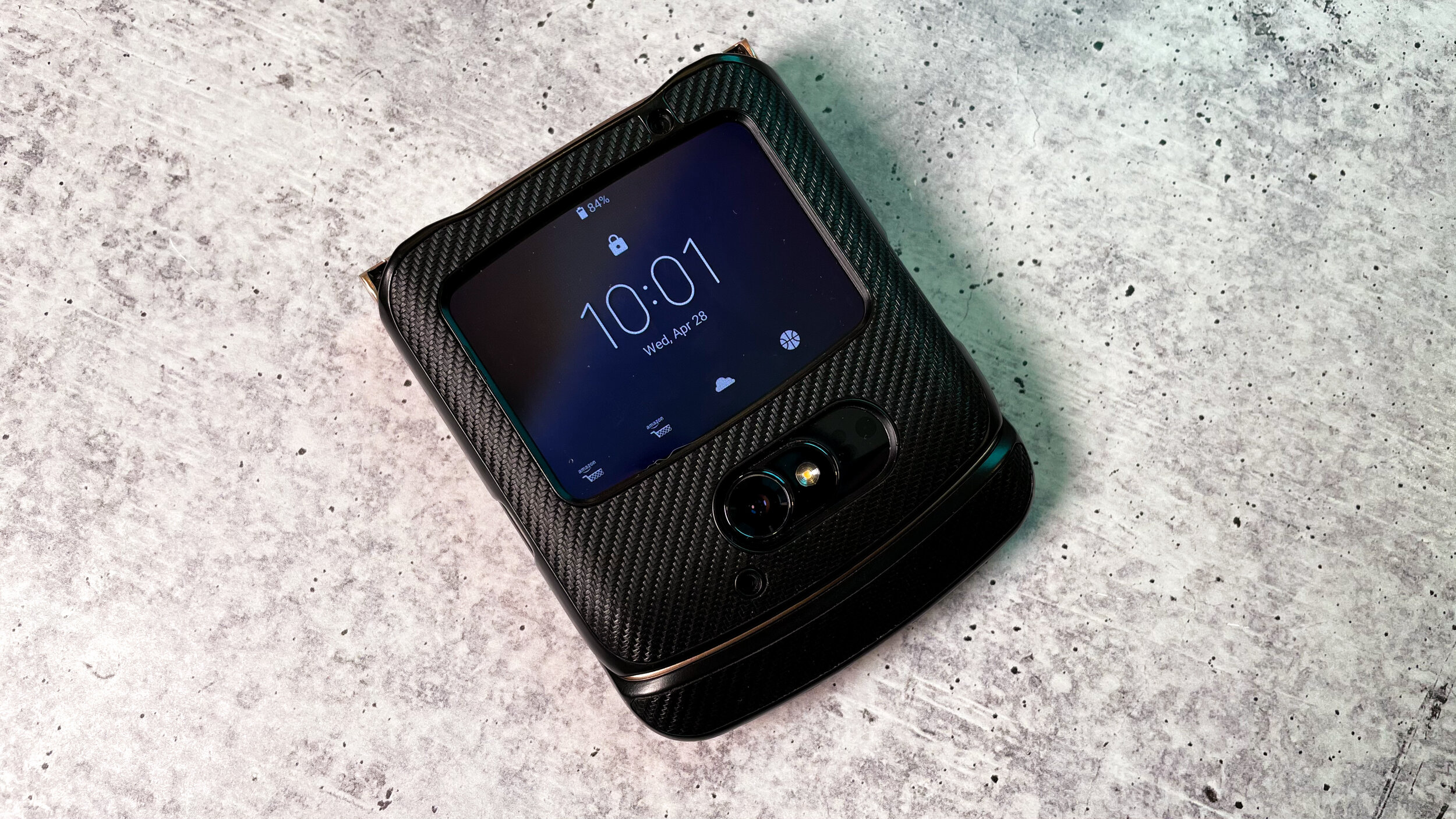
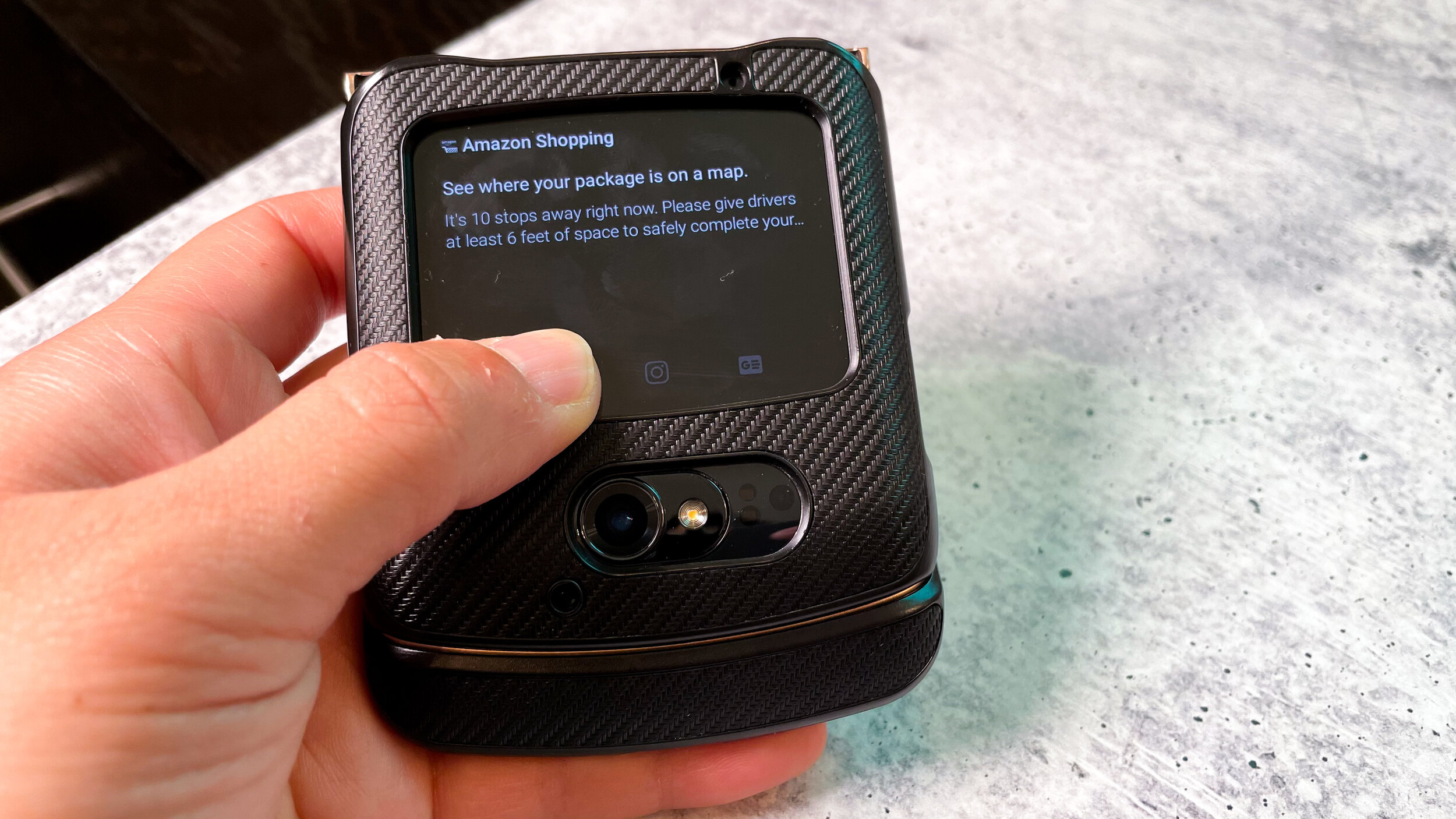
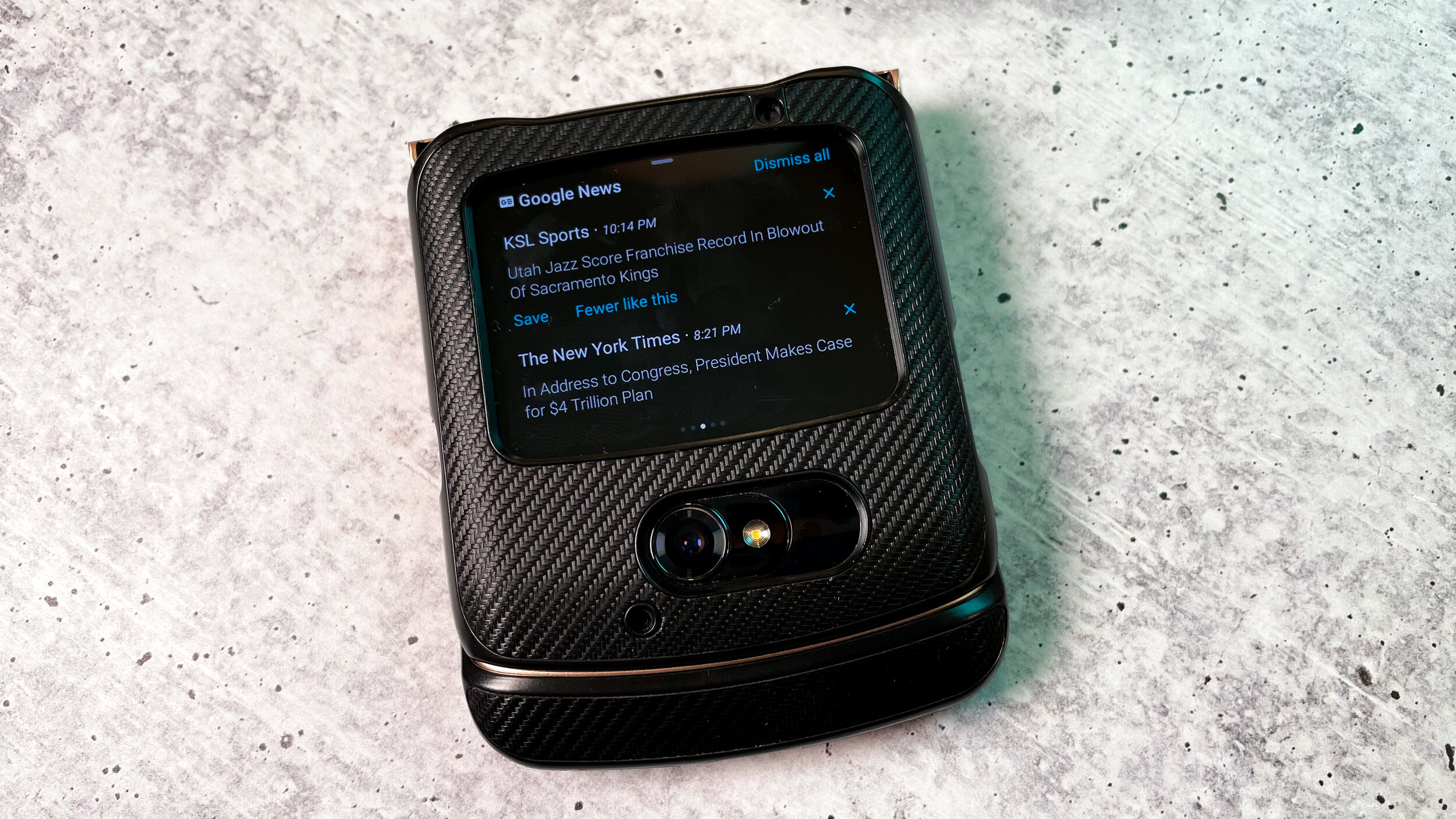
To put this into perspective, I can open up Reddit, Facebook Messenger, and even Youtube on this tiny display to quickly browse or gather information I want without flipping the phone open. Not all of the apps are optimized for this tiny screen and they never will be. The Razr just doesn’t have the user base to warrant app development support from developers. However, that doesn’t detract from the value this display adds to the user experience. I personally use it as a quick calculator, a timer, glancing at notifications and to respond to short messages. I will say that I felt the need to use a case covering for the shell as this is an exposed display on the outside of the body. When that is attached, it does make it harder to navigate the display, especially swiping up as the lip of the case interferes with the action.
When you combine the Moto gestures like twist to activate the camera with the secondary display, you can actually snap a photo using that tiny display as a viewfinder. It’s a nifty trick, but in this sense, I actually prefer Samsung’s implementation of folding the flip phone in half and angling the camera like a makeup mirror to take selfies.
Price is Right?
Speaking of cameras, if you take a selfie with the phone clamshelled, you’re using the main camera which is a 48 MP f/1.7 sensor. That’s going to give you a sharper photo than if you took a selfie in a traditional format using the phone’s front facing sensor which is a 20 MP f/2.2 shooter. How much sharper though? Probably not enough to matter as the main shooter just isn’t on par with most of the top brands out there. It’s not horrible per se, especially when you consider Motorola’s track record of subpar shooters. I can live with this camera, but the results are noticeably weaker in basically all aspects of composition. The detail and clarity of your shots vary drastically depending on your source light. That is typically the case for any camera, but I don’t see consistency at all with the Razr. It’s a crapshoot what to results expect with this camera. I did take one of my all time favorite photos of my dog using this phone though!
When you consider that the Moto Razr 5G costs north of $1,000, it’s harder to accept average as a result for camera performance. The same can be said about the processor. Unlike their competitors, Motorola’s experimental designs don’t contain the highest end processors to match the extravagant aura of the product. A Qualcomm Snapdragon 765G processor runs the operations here with 8 GB of ram and 256 GB of storage. With that said, most people who buy this phone will be satisfied with the end result of day to day usage. Unless you’re playing heavy mobile games, you’ll probably have a hard time noticing speed differences between this and a flagship processor. Yes it is slower, but not by enough to influence your opinion of the performance without metrics. Gaming is where the processor noticeably has a difficult time handling the load. App crashes and lag happen occasionally even with the Motorola game optimization. I surmise the target demographic of this phone won’t be playing anything that will push the Razr to its graphical limits so this isn’t relevant to many owners with this phone.
Abysmal Battery Life
What does kill the Razr 5G is the fact that it dies so quickly. The battery life the 2,800 mAh battery powers is abysmal to say the least. I haven’t used a phone with this bad battery life in quite a long time. Say I have a full charge before I head out to the office at 10 AM, by the time I return home at 6 PM, the Razr is already on life support with single digit percentage remaining. As always, I’m using just about the same daily usage with this phone as I do with every phone I test. There is fast charging up to 15W through the USB-C connector, which helps alleviate the bad battery life slightly, but it’s pretty difficult living with the Moto Razr simply because it doesn’t live long. First world problems also compile as I wish this had wireless charging as I could simply plop it onto a QI charger at work throughout the day, yet we don’t have that luxury here even at $1,000+.
Folding Plastic
Finally let’s take a look at the main display panel when you open up the clamshell. This is one panel that is creased right in the center to provide a symmetric candy bar when opened up. The panel used is a plastic P-OLED one that has a resolution of 876 x 2142p. The minute your finger touches it, you are instinctively trained now to notice a difference after years of using gorilla glass. It just doesn’t feel right. That doesn’t mean it’s bad, but you’ll have to remove your pre-installed notions about what a smartphone display should feel like before using this. Unlike the Galaxy Flip, the Razr’s hinge cannot support its own body weight to sit standing up. It has to either be fully open or fully closed to operate. That was one of the fun things I appreciated about the Flip that I like with this clamshell form factor. This is a result of a difficult philosophy regarding the hinge that is essential to these kinds of phones. I also hear more creaking opening this phone up than I did for any other folding device I’ve used.
When it comes to viewing experience, I’d classify this as middle of the pack. It’s serviceable to the eyes, but you can clearly find better and sharper quality from other phones. We’re paying for the unique design more so than top notch experiences here. The same goes for the single bottom firing speaker. It doesn’t get too loud, but at least it's relatively clear at its full emittance.
The last thing I wanted to mention is also potentially the most damning about the Razr. I can’t open it with only one hand! To be precise, I guess I could do it, but it actually takes precision and is difficult to do it on the fly. That ruins the entire point of having a flip phone! I was able to flip and close the Galaxy Flip with one hand like I used to in the 2000’s. This is something Motorola really needs to direct attention to. It’s vital that a modern flip phone has the same functionality that made the original flip phones so useful. That quick flip to answer a phone call and shut to end a call is essential to the experience. While you can answer and end a call by using those said actions now, it isn’t as polished as it needs to be.
A Refined step forward
The Razr 5G is a huge step in the right direction. I’m pleasantly surprised at how well it feels in my hand closed and opened. I daresay I prefer this aluminum feel over the glass clamshell of the Galaxy Flip. Where it’s ultimately falling behind Samsung is the actual smartphone stuff. That’s still kind of important to us users. I’m actually more confident in the Razr line after this phone than I was when they first relaunched it with the first incarnation. That's always a good sign when they head in the right direction.







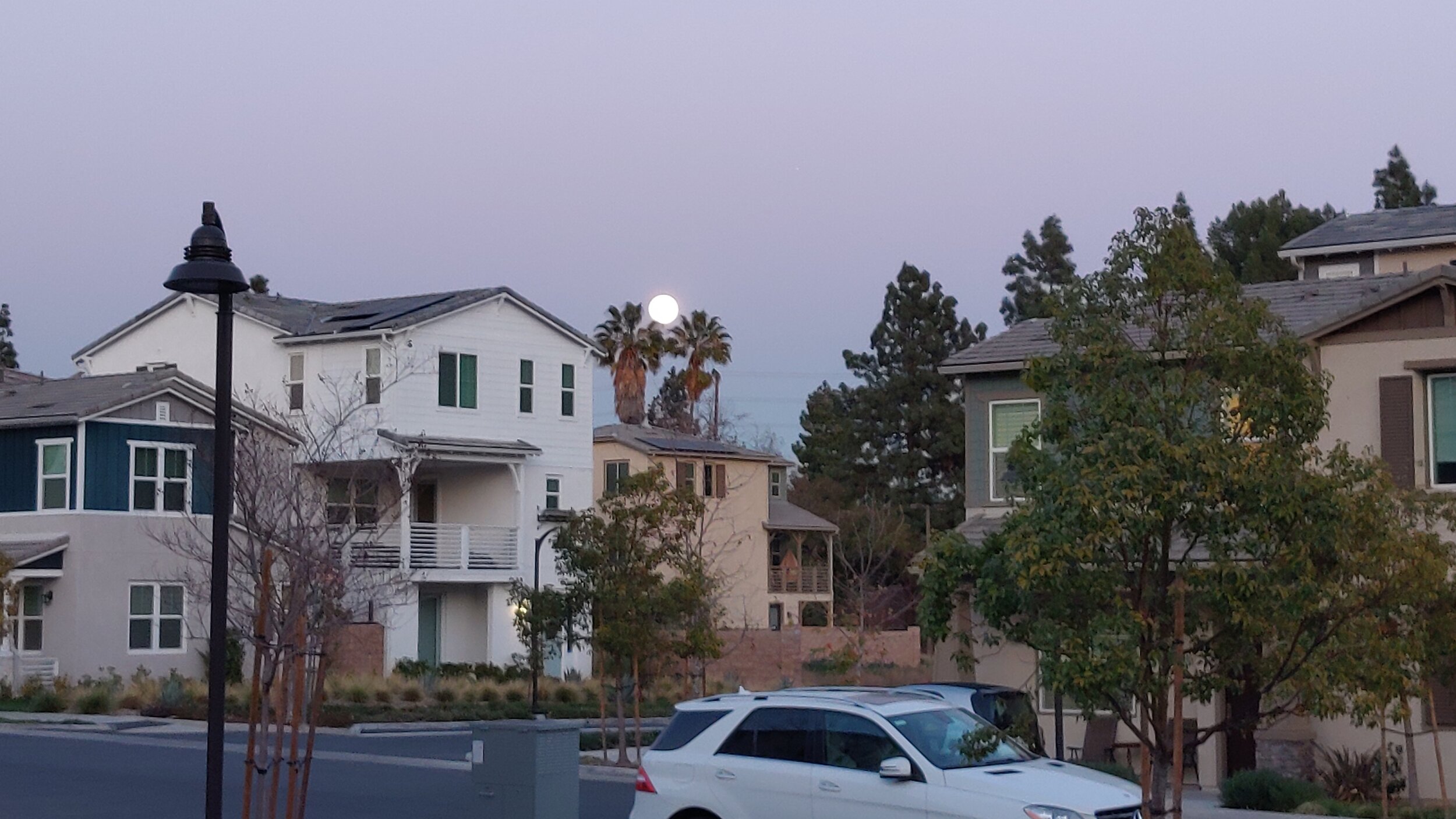













Alex
Caught in between the conundrum of his fascination with retro and the future, Alex has a very unique taste in technology. Never one to follow trends like his millennial peers yet constantly desiring to get ahead of the curve, he sees technology like he does his other love: comic books. Always looking for the best value or a hidden gem, his collector mindset reflects on some of his favorite gadgets: the Moto X (2015), HTC U11 and the Google Pixelbook. If there’s a good tech deal out there, Alex is on the hunt!